The granite partitions of Yosemite Nationwide Park have drawn climbers for generations, from the earliest ascents of Half Dome to the modern-day sub two hour ascents of El Capitan’s Nostril. For a lot of, climbing in Yosemite represents the head of mountaineering, providing world-class routes that vary from beginner-friendly slabs to essentially the most tough big-wall check items in existence. It doesn’t matter in case you’re an aspiring trad climber or a seasoned big-wall veteran, climbing in Yosemite has one thing to supply.
Yosemite’s significance to the climbing neighborhood can’t be overstated, its towering cliffs and breathtaking vistas are a beacon to these looking for problem and journey. However, climbing right here isn’t nearly ascending a rock face; it’s about connecting with the panorama’s geological, cultural, and historic essence. It’s about discovering your self whereas additionally embracing the great thing about nature.
Yosemite Geology
Yosemite’s granite partitions inform a narrative that spans tons of of thousands and thousands of years, a story of fireplace, stress, and ice. All of it started deep underground, the place molten rock slowly cooled beneath the floor, finally forming the large, crystalline granite that might in the future grow to be El Capitan, Half Dome, and the remainder of the cliffs of the Valley. Over time, the earth’s tectonic forces uplifted these rocks, and erosion stripped away the softer layers above, exposing the dense granite faces.
Then got here the glaciers. In the course of the Ice Ages, huge rivers of ice carved by the panorama, smoothing and steepening the granite faces, abandoning the dramatic formations we see at this time. For climbers, the coarse, high-friction granite supplies good cracks for jamming and clear edges for delicate foot placements, serving to make it a world-class climbing vacation spot. Every ascent is a direct connection to the highly effective forces that formed this place.
Yosemite Historical past
Earlier than the granite partitions of Yosemite turned a playground for rock climbers, the area was house to Native American tribes who lived and thrived within the space for no less than 4,000 years. The Yosemite Valley and surrounding areas had been inhabited primarily by the Ahwahneechee, a gaggle of the bigger Miwok tribe. These Indigenous peoples had a deep connection to the land, residing off its assets and sustaining a profound respect for the surroundings.
The Ahwahneechee individuals utilized the valley for searching, fishing, and gathering, with an intricate understanding of the world’s pure cycles and ecosystems. The enduring granite formations, equivalent to El Capitan and Half Dome, held religious significance and had been woven into the cultural material of their lives.
Early Exploration by Europeans
Though the valley was initially seen as a curiosity, the area’s distinctive geology quickly attracted extra explorers and geologists. As they ventured into the excessive nation, peaks equivalent to Cathedral Spires and Mount Watkins caught the eye of adventurers trying to ascend Yosemite’s steep granite cliffs. The primary recorded technical ascent in Yosemite got here in 1869, when famed naturalist and conservationist John Muir soloed Cathedral Peak in Tuolumne Meadows. This ascent, whereas modest by at this time’s requirements, was a landmark achievement for the time and marked the start of Yosemite’s mountaineering historical past.
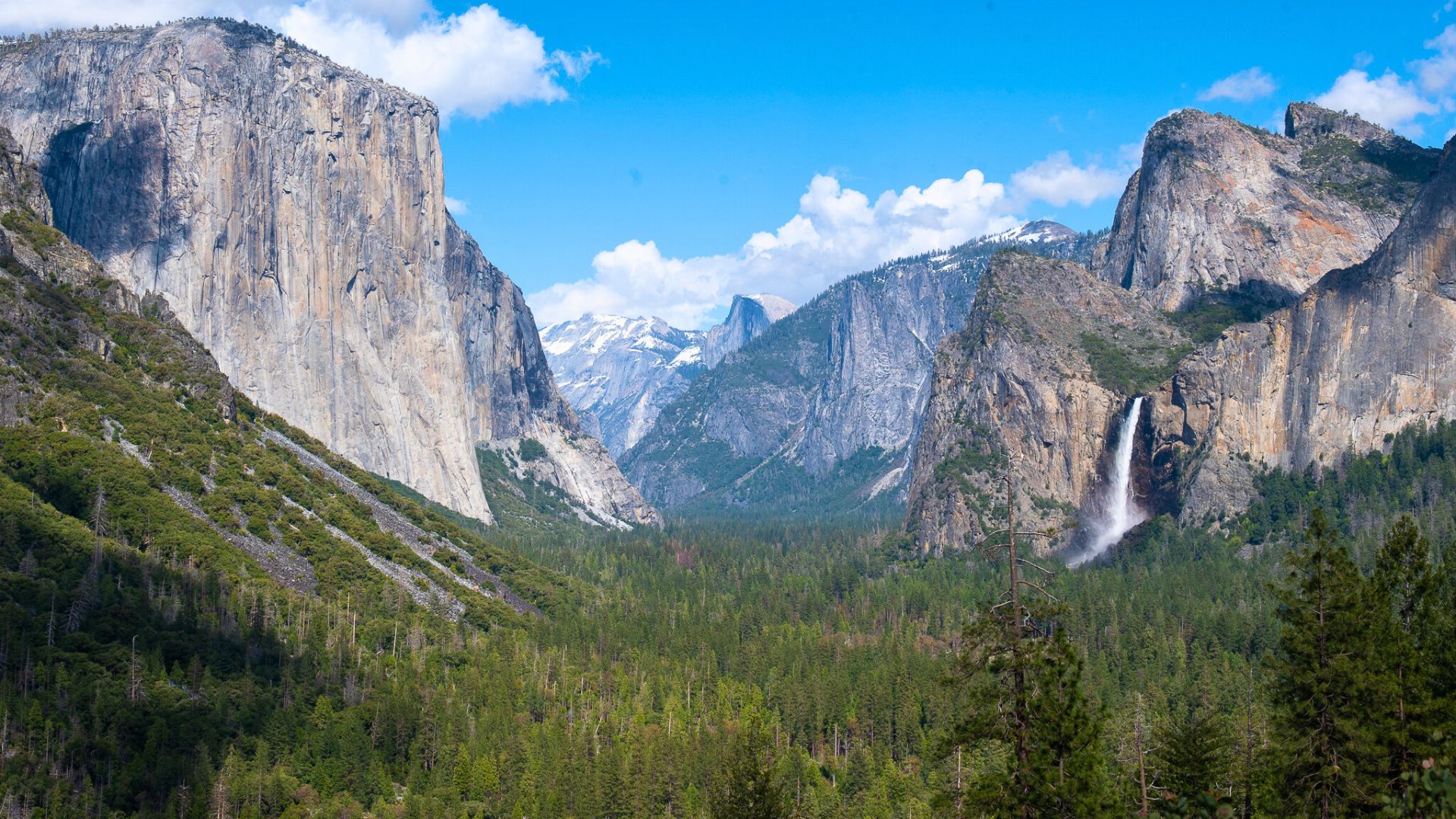
The Golden Age of Yosemite Climbing: The Fifties and Sixties
The Fifties and Sixties are sometimes thought-about the “Golden Age” of Yosemite climbing, a interval that marked the start of recent big-wall climbing. Yosemite’s towering granite faces, significantly these of El Capitan and Half Dome, started to attract climbers from throughout the nation. These climbers sought to push the boundaries of what was potential, and their success in Yosemite would endlessly change the game.
In 1958, Warren Harding and his staff made the primary ascent of The Nostril on El Capitan, a climb that might grow to be one of the vital iconic routes on this planet. Their ascent took an astounding 45 days and relied closely on support climbing, a method the place climbers use fastened ropes, ladders, and different gear to help their progress up the wall. This ascent was groundbreaking, because it proved that Yosemite’s large granite partitions had been climbable, despite the fact that many doubted the feasibility of such a feat.
Just some years later, in 1961, Royal Robbins and his staff made the primary free ascent of the Salathé Wall on El Capitan. This ascent was revolutionary for its use of free climbing, a way the place climbers rely solely on their fingers and ft for upward progress, utilizing gear just for safety. The Robbins-led staff’s ascent was a major departure from the help climbing strategies that had beforehand been the norm, and it marked the beginning of the free climbing period in Yosemite. Their method to climbing was additionally extra minimalist and respectful of the surroundings, an ethos that continues to form climbing in Yosemite to today.
The Stonemaster Period: Climbing Tradition Blossoms
Within the Seventies, Camp 4, situated close to the bottom of El Capitan, emerged because the religious house of Yosemite climbing tradition. Camp 4 turned the assembly level for climbers who gathered to share tales, hone their abilities, and problem each other. This era, sometimes called the “Stonemaster” period, noticed the rise of climbers like Jim Bridwell, John Lengthy, and John Bachar. These climbers not solely made historic ascents but in addition performed a important position in shaping climbing tradition.
Throughout this time, the event of unpolluted climbing took maintain. Clear climbing emphasised the usage of minimal safety—no pitons or everlasting bolts—and a higher give attention to pure gear, equivalent to cams and nuts. This ethos helped keep the integrity of Yosemite’s pristine granite whereas pushing the boundaries of what climbers might obtain. John Lengthy, specifically, was instrumental within the development of free climbing, making daring ascents that emphasised pace, talent, and creativity. His work, together with that of different climbers, helped outline the trendy method to climbing, with an emphasis on effectivity and pure method.
The Daybreak Wall and the Free Solo of Freerider
The Nineties and 2000s had been marked by rising technical problem and daring, progressive climbing. Yosemite’s iconic routes continued to be examined, and climbers sought to go away their mark on the park’s legendary granite faces. Maybe essentially the most well-known occasion in fashionable Yosemite climbing got here in 2015, when Tommy Caldwell and Kevin Jorgeson accomplished the primary free ascent of the Daybreak Wall on El Capitan. This climb, which took greater than two weeks, pushed the boundaries of what was thought-about potential, because it concerned 32 pitches of utmost problem. The Daybreak Wall ascent introduced worldwide consideration to Yosemite and solidified the park’s place because the epicenter of climbing achievement.
Shortly after, in 2017, Alex Honnold achieved a feat that many thought unimaginable, free soloing Freerider on El Capitan. Free soloing includes climbing with none ropes or protecting gear. Honnold’s climb was documented within the Oscar-winning movie Free Solo and introduced him worldwide acclaim, cementing his place as one of many biggest climbers in historical past.
Yosemite As we speak
Yosemite’s climbing historical past continues to be unfolding. Every new climber who ascends its iconic faces turns into a part of this residing legacy. Climbers who come to Yosemite at this time—whether or not for a day of trad climbing or an try on the world-famous massive partitions, are following within the footsteps of those that helped form the game and create the very tradition of climbing in Yosemite that endures to today.
Hike Yosemite’s basic summits
Do you want a allow to climb in Yosemite?
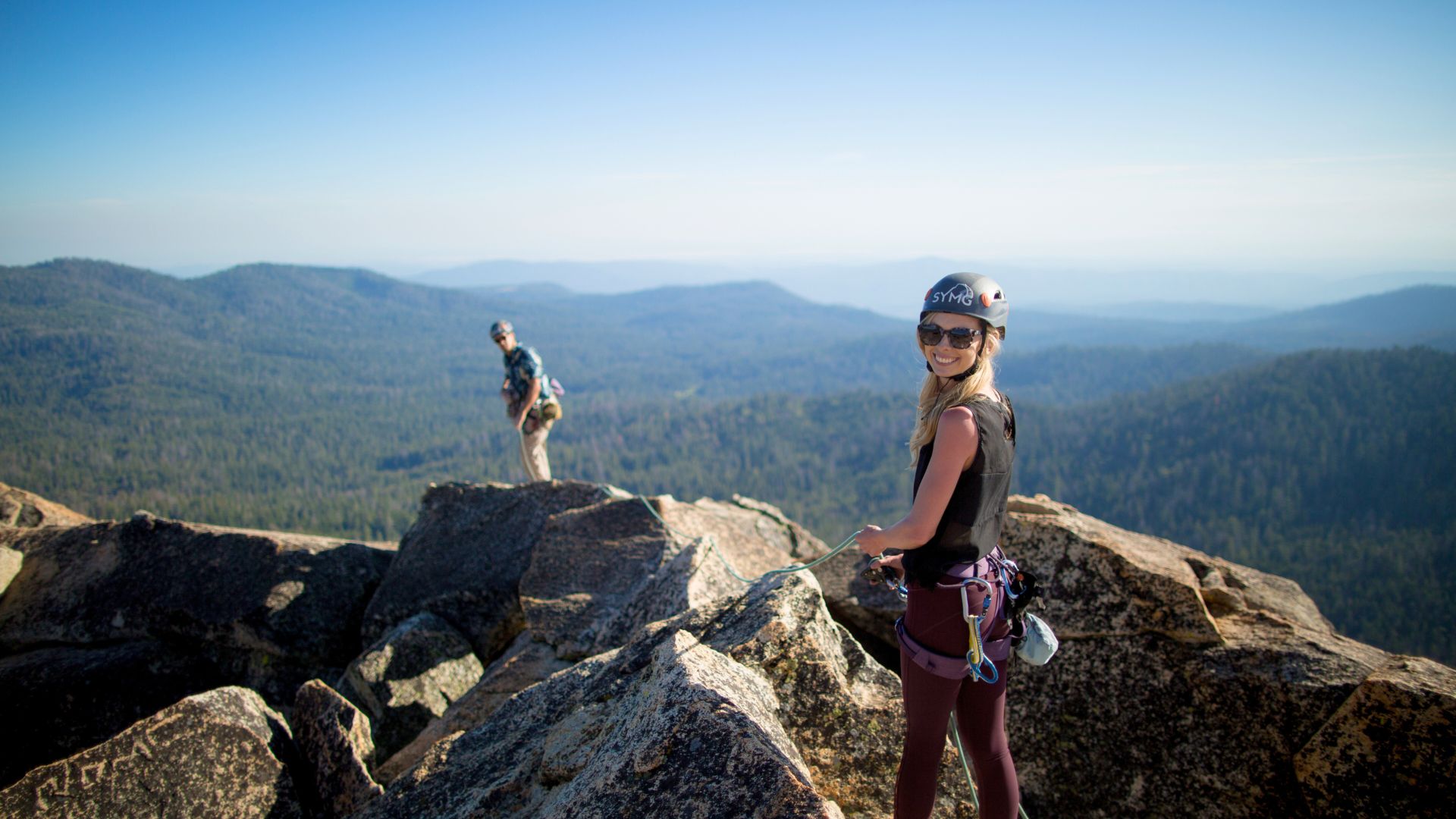
One of many questions climbers have to ask earlier than heading to Yosemite is whether or not a allow is required. For day climbing, that’s, climbs that begin and end inside the identical day, no allow is important. This makes Yosemite an accessible vacation spot for spontaneous adventures, permitting climbers to move out early within the morning, climb a route, and return to the valley by sundown with out extra administrative steps.
Nonetheless, in case you’re planning to in a single day climb, that means you plan to sleep on the wall or on a portaledge throughout your climb, a wilderness climbing allow is required. These permits are freed from cost and they are often obtained both on-line or in particular person on the Yosemite Wilderness Heart. The necessity for permits is a part of Yosemite’s efforts to handle wilderness entry responsibly and to make sure that the park’s pristine environments are preserved whereas permitting guests to get pleasure from world-class climbing.
Climbing Throughout Seasonal Peregrine Falcon Closures
A significant facet of the allow system is the enforcement of seasonal climbing closures designed to guard susceptible species, significantly peregrine falcons. These closures are sometimes in place from late winter to early summer season, throughout the falcons’ nesting season. A lot of Yosemite’s cliffs, particularly those alongside the valley flooring, function prime nesting websites for these birds. To reduce human disturbance throughout this important interval, climbing routes in these areas are briefly closed to climbers.
The Nationwide Park Service works intently with wildlife biologists to observe falcon nesting exercise and regulate closures accordingly. Climbers ought to at all times test the Yosemite Nationwide Park Climbing web site or inquire with rangers on the Wilderness Heart to get essentially the most up-to-date info on route entry and seasonal restrictions.
Climbing by season in Yosemite
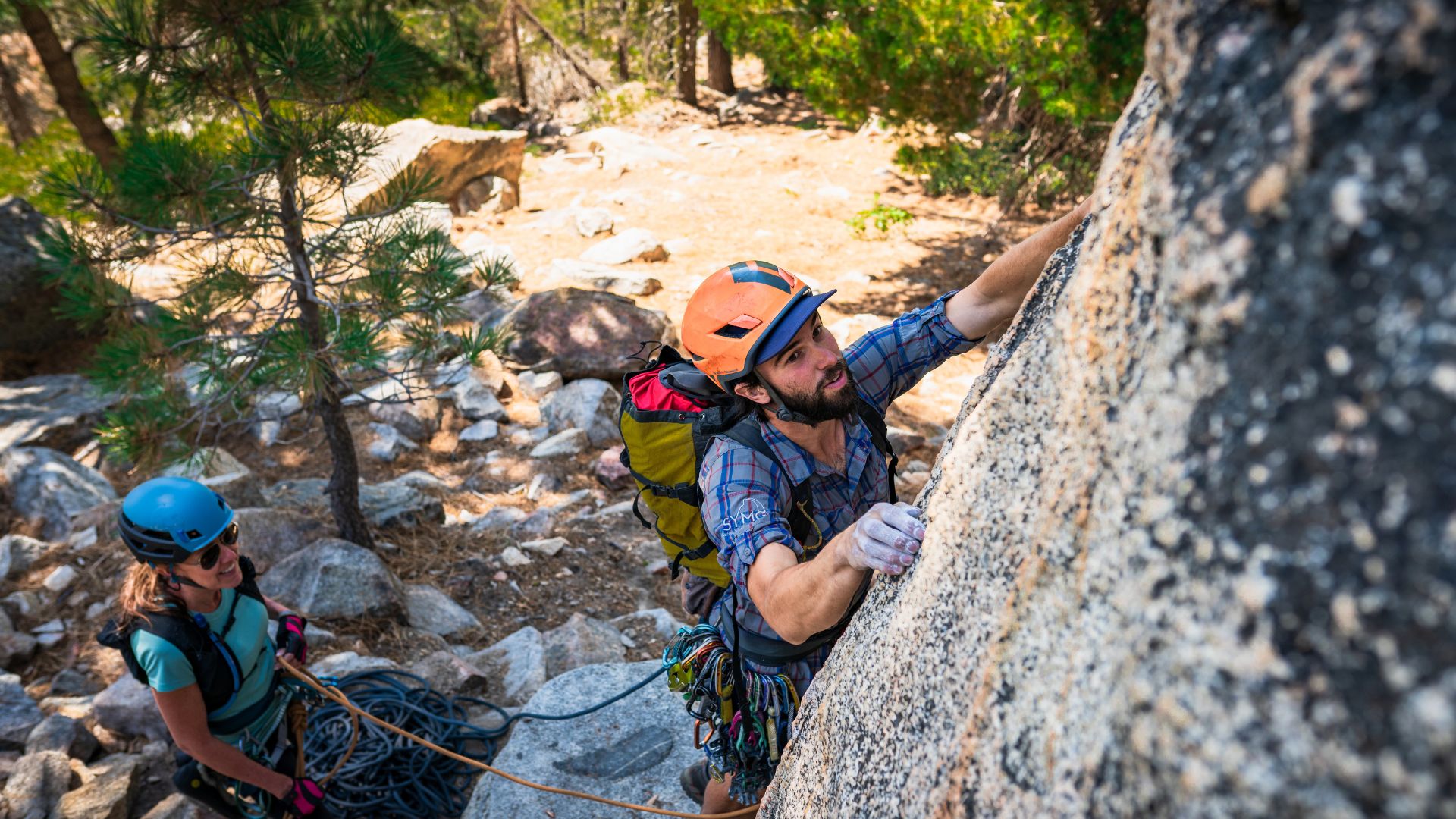 Spring: Waterfalls are flowing, temperatures are nice, and the granite partitions heat up properly. Nonetheless, springtime might be unpredictable, and snowmelt within the larger elevations could make some approaches tough. Some routes at larger elevations, equivalent to these in Tuolumne Meadows, should still be lined in snow and inaccessible till later within the season.
Spring: Waterfalls are flowing, temperatures are nice, and the granite partitions heat up properly. Nonetheless, springtime might be unpredictable, and snowmelt within the larger elevations could make some approaches tough. Some routes at larger elevations, equivalent to these in Tuolumne Meadows, should still be lined in snow and inaccessible till later within the season.
Fall: Typically thought-about one of the best season for climbing, fall provides cooler temperatures, secure climate, and dry rock. The air is crisp, and the granite faces heat shortly within the morning solar. The crowds additionally begin to skinny out after the height summer season vacationer season, offering a quieter, extra peaceable climbing expertise.
Summer season: The Valley might be brutally scorching, with temperatures reaching above 100°F (38°C) at occasions. For these trying to climb within the Valley throughout the summer season months, an early begin is essential to keep away from the warmth. Increased elevations, equivalent to Tuolumne Meadows and southern Yosemite, present wonderful climbing situations in the summertime, as they’re cooler and sometimes freed from the scorching warmth that may make Valley climbing uncomfortable.
Winter: Though winter shouldn’t be the most well-liked season for climbing in Yosemite, it’s nonetheless potential to search out wonderful situations on sunny days, significantly in lower-elevation areas like El Capitan’s southwest face. Devoted climbers who’re keen to tolerate colder temperatures and fewer daylight can get pleasure from solitude on the partitions, although situations might be harsh and difficult. Winter climbers will have to be ready for the added challenges that include the season, together with colder temperatures, potential storms, and icy rock surfaces.
Finest Areas for Newbie and Intermediate Climbers
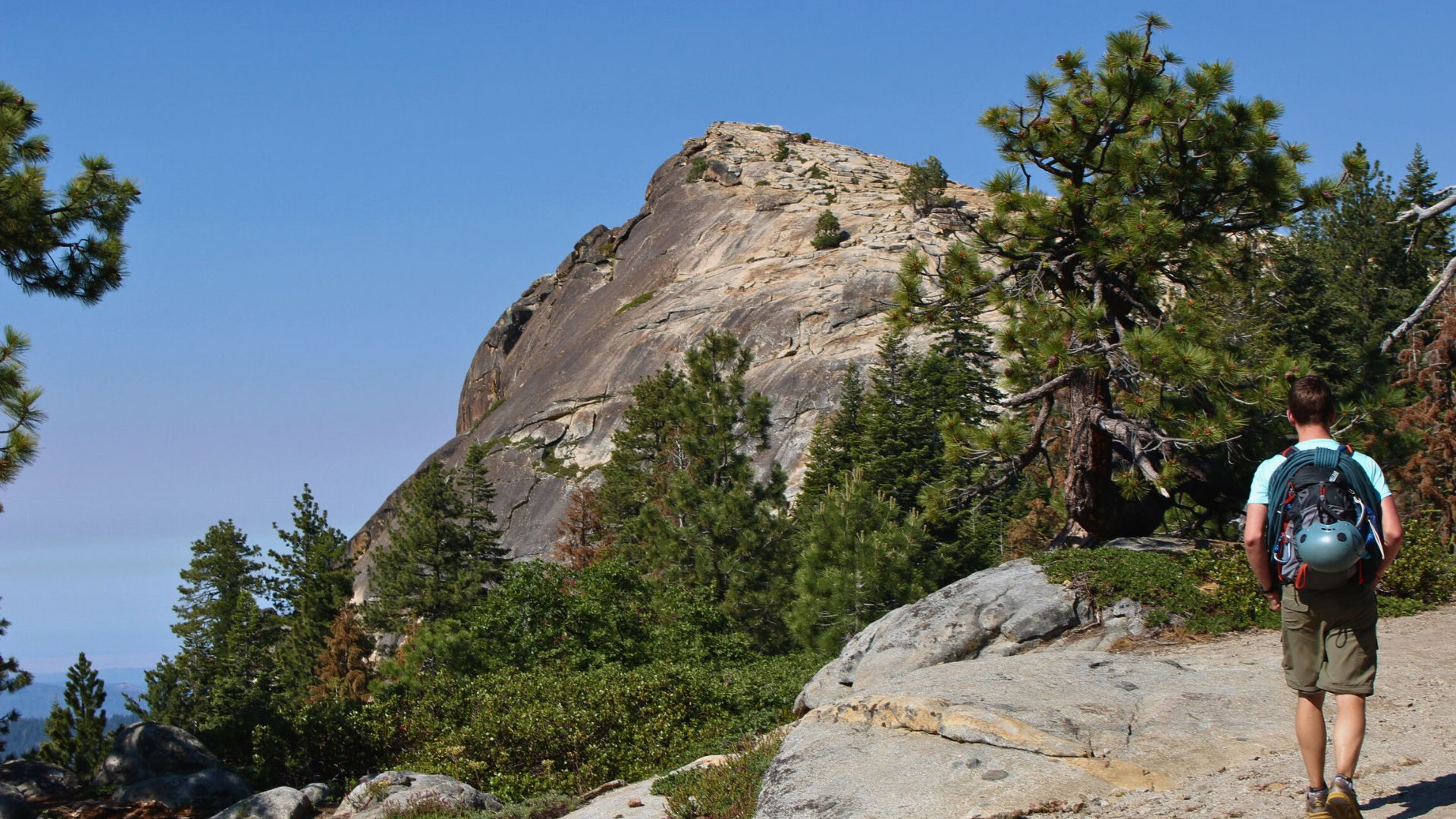
Whereas Yosemite is legendary for its big-wall climbs and demanding crack programs, it additionally provides an array of newbie and intermediate routes. These areas permit climbers to construct abilities and achieve expertise earlier than tackling a number of the park’s more difficult routes.
Yosemite Valley:
Swan Slab: Simply exterior of Camp 4, this space provides brief, pleasant climbs with cracks and face routes within the 5.6-5.9 vary, good for these trying to construct confidence.
5 Open Books: An excellent spot close to Yosemite Falls, that includes a wide range of multi-pitch climbs like Munginella (5.6) and Dedication (5.9). This space supplies wonderful alternatives for climbers transitioning to longer, extra technical routes.
Manure Pile Buttress: Dwelling to basic trad routes like After Six (5.7) and After Seven (5.8), which provide good safety and stable rock, ultimate for these trying to construct their trad climbing abilities.
Tuolumne Meadows:
Lembert Dome: That includes each trad and sport routes. Routes like Northwest Books (5.6) are common for newbies.
Dozier Dome: Affords enjoyable slab routes with average scores, equivalent to Holdless Horror (5.6), good for these trying to enhance their slab climbing abilities.
Cathedral Peak: A basic climb with an unbelievable summit view, Cathedral Peak (5.6) provides a more difficult, however nonetheless average, chic expertise.
Southern Yosemite:
Fresno Dome: This space supplies a wonderful mixture of newbie slab climbs and average multi-pitch adventures like South Pillar (5.6), that are nice for brand new trad climbers.
Willow Creek Spire: Providing stable trad climbing within the 5.6-5.9 vary, Willow Creek Spire is good for these transitioning to multi-pitch climbing in Yosemite.
Shuteye Ridge: A quieter spot with unbelievable dome climbing, Shuteye Ridge provides each sport and trad routes, starting from 5.7 to tougher grades, good for intermediate climbers looking for selection.
Exploring Yosemite with a Information
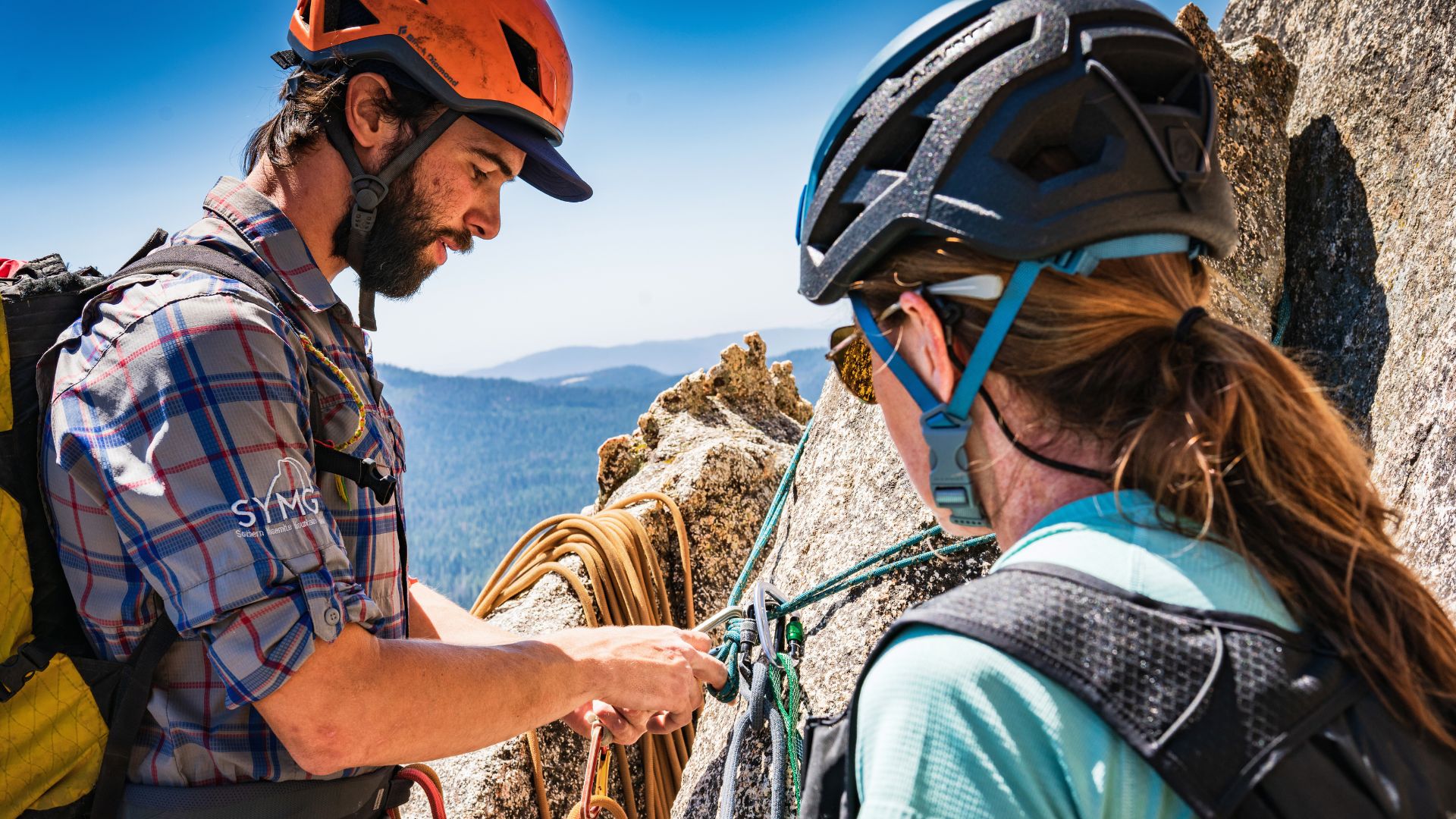
For climbers looking for the prime quality instruction, hiring a information licensed by the American Mountain Guides Affiliation (AMGA) could make a major distinction in your Yosemite climbing expertise. The AMGA is the premier certifying physique for climbing guides in the US, guaranteeing that guides meet the best requirements for technical climbing abilities, security, and environmental stewardship.
For a exceptional climbing expertise in Yosemite with skilled steering, think about reserving a visit by Wildland Trekking’s AMGA-certified guides. One choice to get began is the Southern Yosemite Rock Climbing Day Journey, the place you’ll be able to discover a number of the park’s most iconic areas with a information who has been totally educated and who will give you the absolute best journey. To be taught extra about this journey, go to Wildland Trekking’s Southern Yosemite Rock Climbing Day Journey.
For these searching for a extra immersive expertise, Wildland Trekking additionally provides a Southern Yosemite Rock Climbing and Tenting Journey, which mixes mountaineering with a memorable tenting expertise. This journey supplies a wonderful alternative to not solely enhance your climbing abilities but in addition expertise Yosemite’s breathtaking landscapes and pure magnificence in a novel, close-to-nature method. For extra info, go to Wildland Trekking’s Southern Yosemite Rock Climbing and Tenting Journey.
Add to the Lore of the Valley
As mentioned, Yosemite’s climbing historical past is wealthy, its partitions are legendary, and its number of terrain makes it a premier vacation spot for climbers of all ranges. From the sun-soaked domes of Southern Yosemite to the towering faces of El Capitan, the park provides one thing for everybody. Whether or not you’re a newbie trying to ascend your first route or an skilled climber chasing a big-wall ascent, climbing in Yosemite will depart an indelible mark in your climbing journey and certain depart you coming again repeatedly.
Begin this custom by becoming a member of Wildland for a guided journey and expertise one of the best of Yosemite’s climbing panorama. With our skilled instruction, entry Yosemite’s iconic partitions, and also you’ll create recollections that can final a lifetime. Are you able to climb the granite of Yosemite?
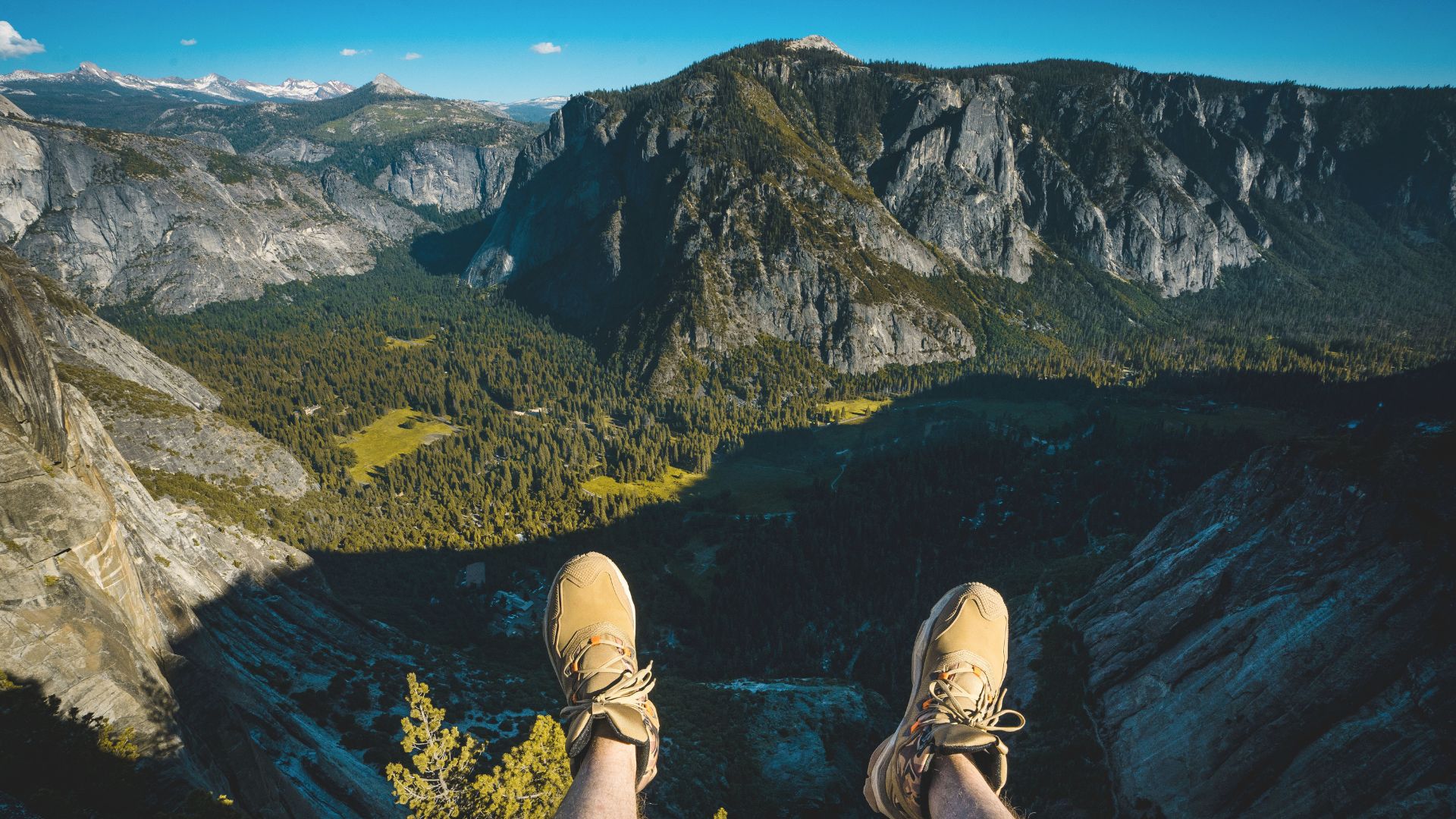
Climb in Yosemite with Wildland Trekking




















